We started our birch tree year-long study back in October. (You can read it HERE.) I remember saying to one of the boys that soon the leaves would all be gone and we would be able to see the shape of the tree's trunk and branches better. Well, time has flown by and here we are standing in the backyard looking at just those very things.
Words that are going in our nature journals: bare, thin, flexible, drooping, catkins, white.
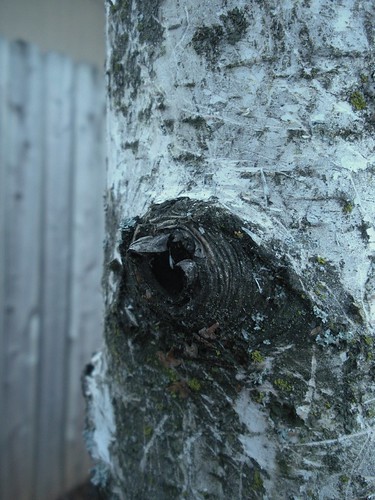
This tree is so different in shape than our other year-long tree studies done with the silver maple and the tulip poplar. The bark on the trunk is different and the seeds are totally different. I anticipate that we are going to learn quite a bit about trees just taking a few minutes each season to observe this tree.
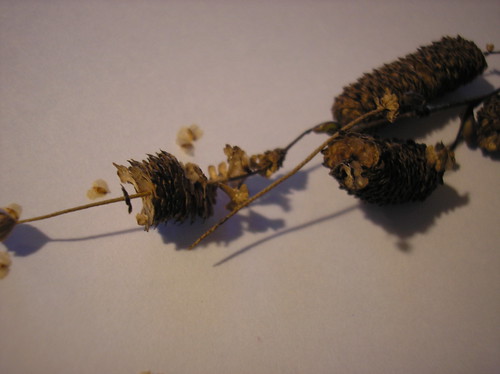
We wanted to take a closer look at the catkins from the tree so we brought a few inside to the table. I bumped one of the catkins and the seeds went everywhere. You can see the partial catkin in the photo above and how the seeds are attached to make it look somewhat like a little dangling cone but it is not really like a cone at all. It is a well organized bunch of winged seeds that are in the shape of a cone. We have seen finches land on the catkins and hang upside down as they nibble their treat.
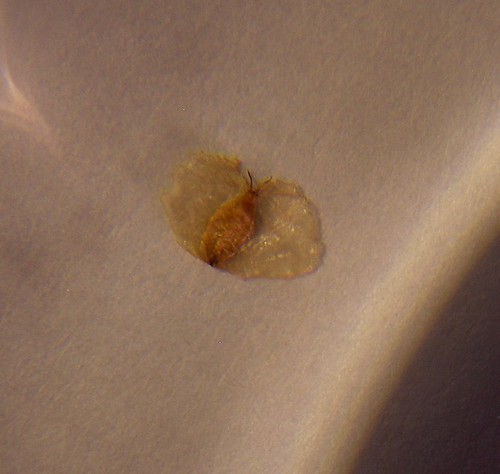
After much manipulation of lights and magnifying lenses, my son and I were able to capture the seed in an image for you. Truly amazing!
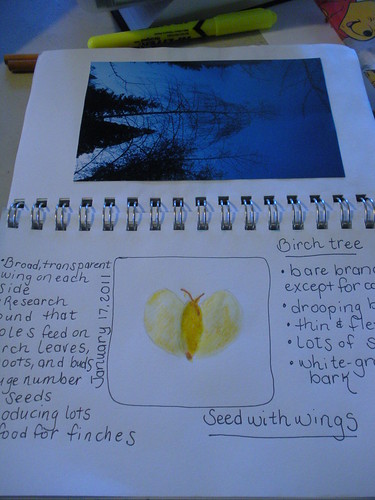
Mr. B sketched the seed for me in my journal and I added color and the captions after we did the research. So much to learn about seeds and how they are part of the life cycle of a tree. I know in my head what seeds are but when you stop to think about the miracle of a complete tree growing from this one small hard to see with the naked eye structure...well, it causes me to sit and be amazed at our wonderful Creator. It is nothing short of a miracle.
It actually reminds me of this quote that I ran across and wrote down to save.
"Nature is an infinite sphere of which the center is everywhere and the circumference is nowhere."My Encouragement to You
Blaise Pascal
If you haven't had a chance to start, begin now during the winter. Charlotte Mason in her writings suggests choosing trees in winter to observe and compare. She says to wait until spring to identify the trees when the leaves and blossoms appear.
"Children should be made early intimate with the trees, too; should pick out half a dozen trees, oak, elm, ash, beech, in their winter nakedness, and take these to be their year-long friends. In the winter, they will observe the light tresses of the birch, the knotted arms of the oak, the sturdy growth of the sycamore. They may wait to learn the names of the trees until the leaves come."There are some simple ideas outlined in Winter Series Challenge #2 or you can just pick a tree and observe, perhaps taking a photo or making a simple journal entry. Don't hesitate to jump in now!
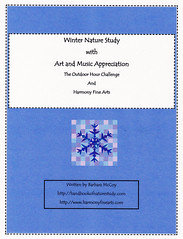
See this entry for a description. Sample HERE.

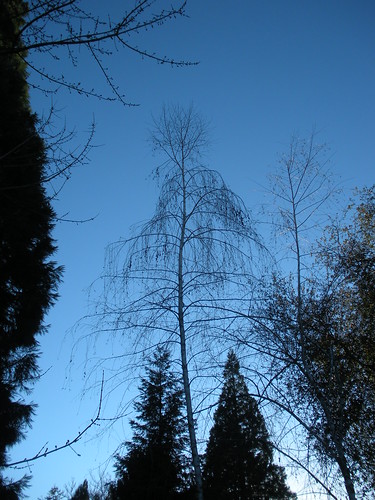
Beautiful! We'll start our tree study tomorrow, but I have a feeling it'll be multiple Winter Wednesdays before we're "finished". LOVE LOVE the journal entry!
ReplyDeleteJessy
http://oursideofthemtn.blogspot.com
What beauty! Thanks for sharing.
ReplyDeleteLast year we looked at almost all of the trees in the neighborhood. I can't remember when we picked our alder in our own yard. Seems like I remember sniffing the bark though . . .and after your nose is on the bark it's pretty much your tree right? I never realized how little I paid attention to the yearly transformation of trees until this year when we started SEEING it. :) I encourage anyone to pick any ol tree in their yard. Stick your nose on it, and call it yours. :)
ReplyDeleteI've missed visiting your beautiful blog. I'm back now! What a lovely post. The seed is just gorgeous. Thanks for sharing.
ReplyDeleteI especially love the journal page.
ReplyDeleteGreat! We began today a kind of tree study: we found a tree and gave him a name (it's a girl so my son namend her Elizabeth). Now during the year we will visit her daily and look at how she grows.
ReplyDeleteThis is the International Year of Forests so I thought having a "own" Tree just like having a friend is a good begin for celebrating 2011.
bye
Sybille
www.buntblume.wordpress.com
great, great post! We have a birch near our house and I'm always amazed at the changes that occur during the seasons. You are right in saying that we much pick a tree and study that particular tree through all seasons. We can really learn so much.
ReplyDeleteLove your nature journal!
Great, great photos!
Every peek into your nature journal is like seeing a treasure.
ReplyDeleteWe just made a family pet of the sugar maple near our home. Having picked one to observe has really made us more observant of the others. I'll admit, I'm growing quite attached.
Very lovely! God's creation really is amazing. “There is nothing which God hath established in a constant cause of nature, and which therefore is done everyday, but would seem a miracle, and exercise our admiration, if it were done but once.” John Donne
ReplyDeleteLOVE this, Barb! It's one thing I'm so sad about living near the equator... we don't have marked seasons so the trees don't seem to change much. I'm sure they change more than I realize though. As soon as we get to the US it'll just be spring and we'll be there for a few months, so I'm determined to do this. how often do you check on your tree?
ReplyDeleteamy in peru
fisher academy
Amy,
ReplyDeleteOur tree is right in our backyard so we see it everyday but we make formal observations every season.
We have enjoyed many trees over the years and not all of them have been deciduous...it doesn't seem to matter because whatever tree we pick, we become intimate with all its parts. There is beauty in every tree. I remember a family that lived in S America that picked a fruit tree and it was fun to watch their family get to know it.
I hope you can fit in a year-long tree study soon. :)
I love your post - your family's observations are seemingly so simple and yet detailed, scientific and artistic - inspiring!
ReplyDelete